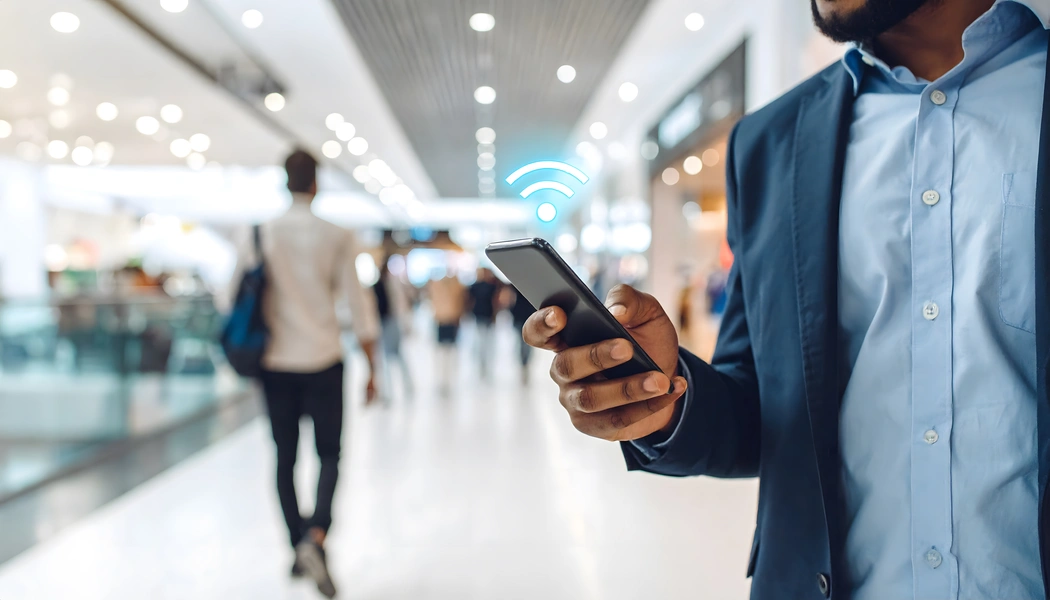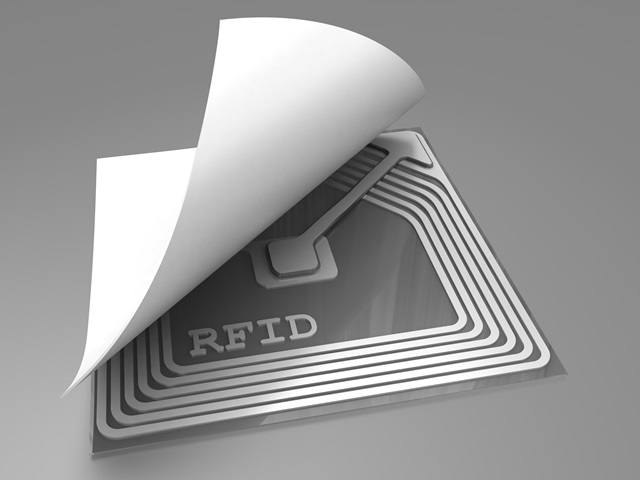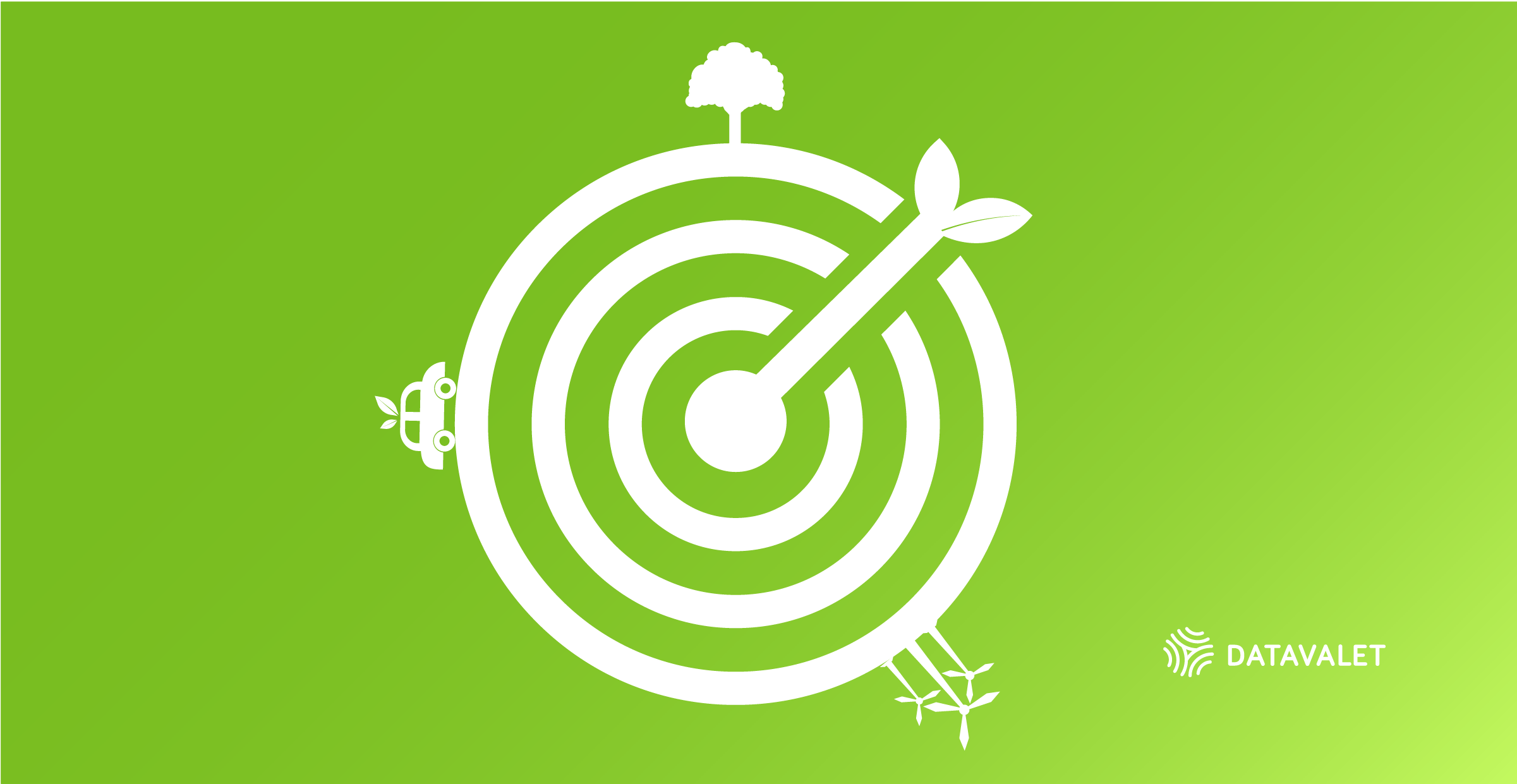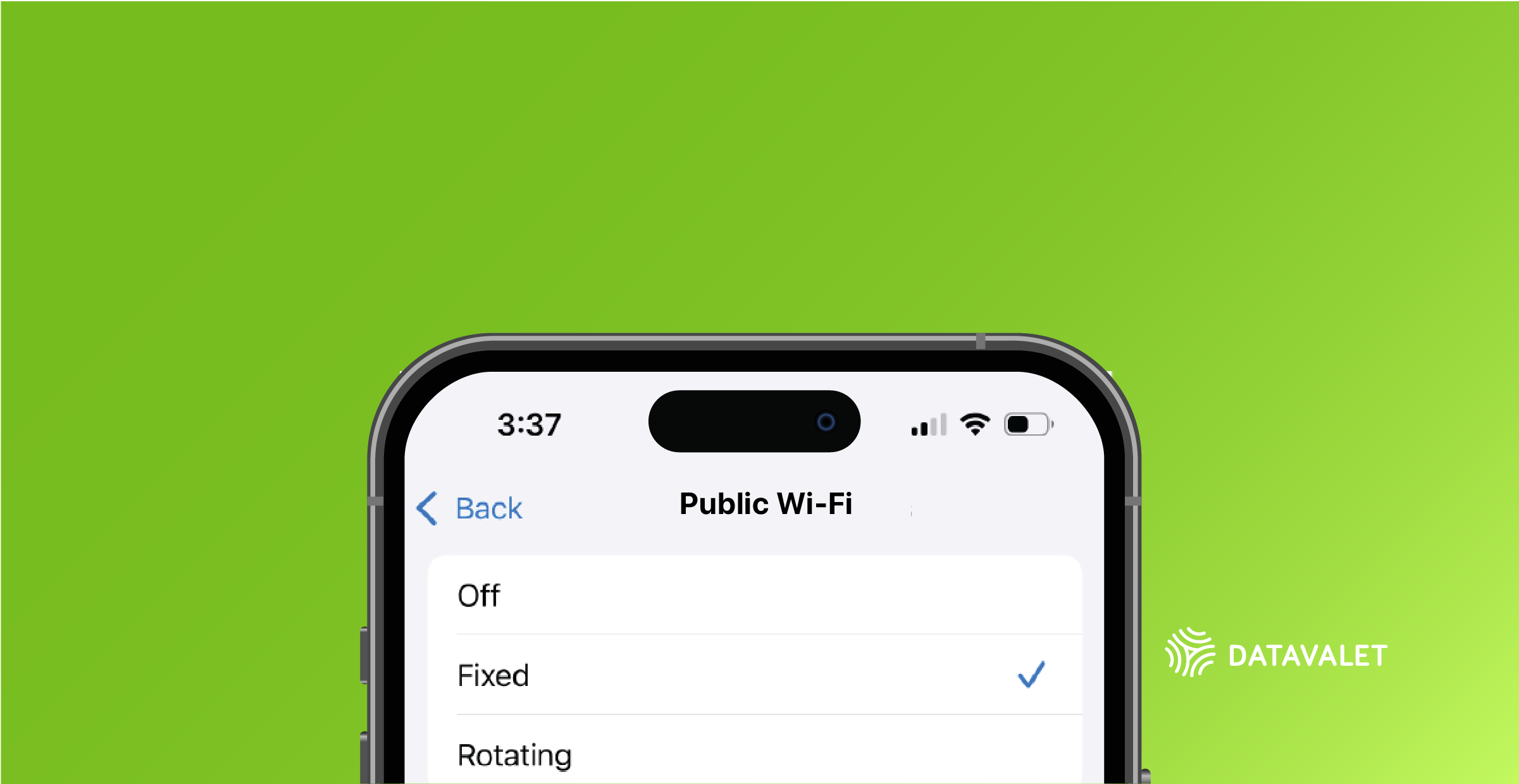Pros and Cons of GPS-based Proximity Marketing
Pros
- Great for outdoor tracking and setting up geofence alerts, such as store selection.
- Ideal for geographic-based marketing efforts.
Cons
- Needs an app running to use GPS effectively.
- Drains the battery quickly when active.
- Not very accurate indoors.
Choosing the Right Technology
Choosing the right tech depends on what you want to achieve. For instance, if your customers already use your app with location on, Bluetooth is a smart choice. For specialized tasks like opening webpages with a tap, NFC works well. But for most physical venues, using Guest Wi-Fi is the simplest way to start proximity marketing and connect with visitors.
Why Wi-Fi Marketing is the Preferred Proximity Marketing Technology
Among the various technologies, Wi-Fi marketing emerges as the frontrunner for several reasons:
Widespread Adoption: Wi-Fi is ubiquitous. From homes to public spaces, almost everyone connects to Wi-Fi daily. This widespread use makes it an ideal medium for reaching a broad audience.
Extensive Reach: Wi-Fi can cover large areas. This allows businesses to engage with customers throughout their entire visit.
Cost-Effectiveness: Compared to other proximity marketing technologies, Wi-Fi is more affordable. This makes it accessible for businesses of all sizes.
Data Collection Capabilities: Guest Wi-Fi networks can collect valuable customer data. This data can be used to tailor marketing efforts and improve customer experiences.
Real-Time Engagement at Scale: Integrated to your Marketing CRM, Wi-Fi provides real-time data. That empowers businesses to tailor experiences, elevating customer satisfaction.
Conclusion
Proximity marketing isn’t just a buzzword—it’s a strategic edge in today’s competitive landscape. WiFi marketing helps businesses create connections, tailor interactions, and convert passersby into ambassadors.
Embrace the future of marketing with Wi-Fi and witness your customer engagement flourish.
For more information about Datavalet's proximity marketing platform, head over to DV Engage.














